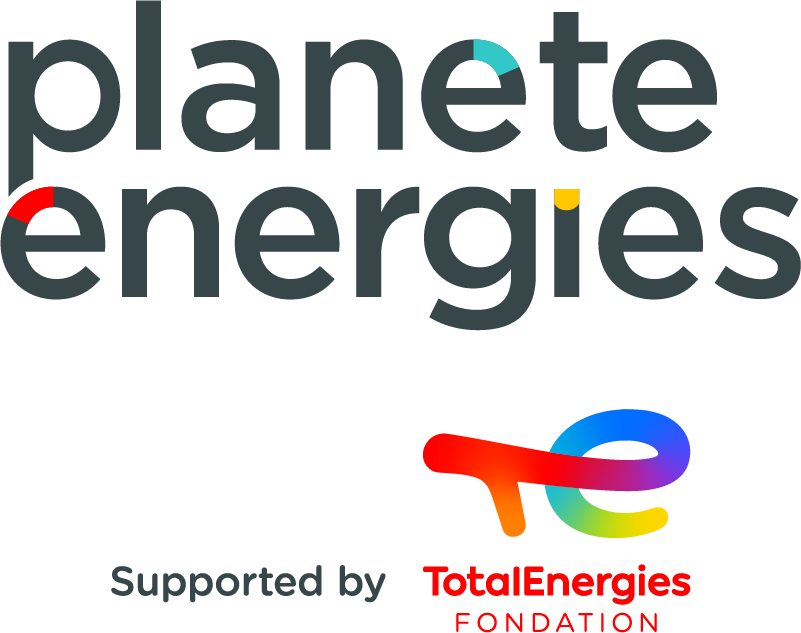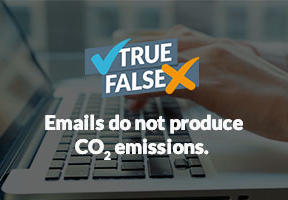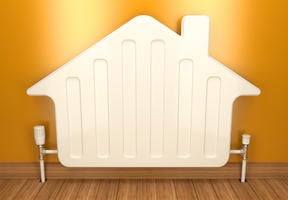What Is Energy Efficiency?
2 min read
Your washing machine, electric bulbs and heating can have varying levels of . The energy efficiency of a machine or system is the relationship between the useful energy given out and the energy consumed.
What Is Energy Efficiency?
When one form of energy is converted into another, some of the energy initially available is dissipated.
Example for a washing machine:
It consumes a certain amount of electrical energy = energy consumed.
Some of this energy is converted into = useful energy.
The rest is lost as heat = energy lost.
The efficiency of this washing machine = the relationship between the useful energy and the energy consumed by the machine.
Calculating it as a % is simple: Efficiency (η) = (Eout)/(Ein) x 100
η: Efficiency
Eout: Useful energy
Ein: Energy consumed
Example: The efficiency of an incandescent light bulb is around 5%. This means only 5% of the energy consumed by the bulb is converted into useful energy, i.e., producing light. 95% of the energy consumed is lost as heat.
The efficiency of an LED lamp is more than 30%. It is therefore more efficient, because less energy is lost. Efficiency is key data for calculating energy performance.
Energy performance = average energy efficiency of a system (e.g., a building).
To assess this, we must calculate the average of several representative efficiency readings (heating, insulation, air conditioning, lighting).
Summary:
- The efficiency of a device or system = the relationship between the useful energy given out and the energy consumed.
- Energy consumed = total amount of energy consumed by the device.
- Useful energy = proportion of energy consumed for the desired purpose.
- Efficiency is key data for calculating energy performance (e.g., of a building).





















